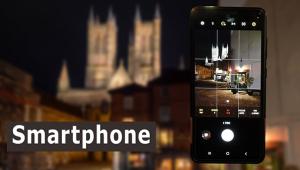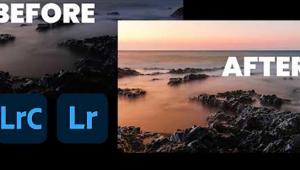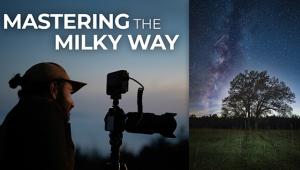The Photography Of Eli Reed; A Passion For Storytelling Page 2
U.S.A. California, Los Angeles - 1985. From
Black In America |
 |
All of Reed's subjects were pre-selected with an eye to try to break
the stereotypes about the poor and included work he had done in a refugee camp
for Save the Children in London and in Northern England as well as in South
America.
"What I photograph is so powerful in its content," he says. "Some
people see only darkness in the middle of the day. My aim was to bring across
these points and show how many of those who were less sheltered were living
their lives in this land of plenty."
One well-known image, used on the cover of the documentary, shows two children,
a sister and brother, behind a screen. Fraser and the crew had pulled into an
area in northern Louisiana that was to be filmed. "We were leaving the
house," Reed recalled. "I turned and saw the kids in the screen
door and took my shot. It was just a moment in their life and I didn't
have time to think about it, only to react."
Reed was raised in that world of poverty and knew well where these young people
were coming from. He was able to create an exchange with them and understood
their pain. Coming from the projects he could exemplify what sheer determination
and a belief in one's self could afford and was able to relay that to
the children. He told them how he had put himself through the Newark School
of Fine and Industrial Arts, learned photography and the art of printing, then
worked on a newspaper and finally became a highly respected photographer at
Magnum.
Reed attended Harvard University as a Nieman Fellow in '82 and '83.
His work has taken him to many countries around the world and he photographed
for many of the Day in the Life books. His own book, Black in America, published
in '97 and with a preface by Gordon Parks, represented over 15 years of
photographing black Americans from many walks of life. In another book and documentary
film, The Lost Boys of Sudan, Reed shows his concerns for the poor in other
parts of the world. In the late '80s over 25,000 young men were driven
from their homes during a religious war in Sudan and traveled by foot over 1000
miles from Sudan to Ethiopia and back. These men were the subject of Reed's
photographs after the journey and show how strongly he feels about his purpose
as a professional photographer and a human being.
U.S.A. Louisiana - 1988 |
 |
With Doctors Without Borders Reed worked in a hospital documenting the sad
lives of the refugee patients. In Rwanda he photographed a young boy in the
cholera ward of a refugee camp. There were boys selling roasted termites in
Malawi, Africa--such a broad spectrum of events since he took his first
picture at 9 years old. It was of his mother.
As a Magnum photographer his clients have included Life and National Geographic
among many other prestigious publications. He has touched the world of teen
pregnancy clinics as well as many other moving stories of homelessness and poverty.
Today Reed is a Professor of Photojournalism at the School of Communication,
University of Texas in Austin.
Please take a few minutes to visit Reed's work on the web at: http://digitaljournalist.org/issue0007/erintro.htm.
Not only are the images magnetic and unforgettable but Reed has done numerous
live videos of his work, expressing his philosophy in his own meaningful words.
Our conversation ended with his quoting Philip Jones Griffiths, who had been
a long-time president of Magnum at the time Reed joined and who once said, `The
job is not to photograph the world as we hoped it would be but what it actually
is.'
"That says it in a nutshell!"
- Log in or register to post comments

















































